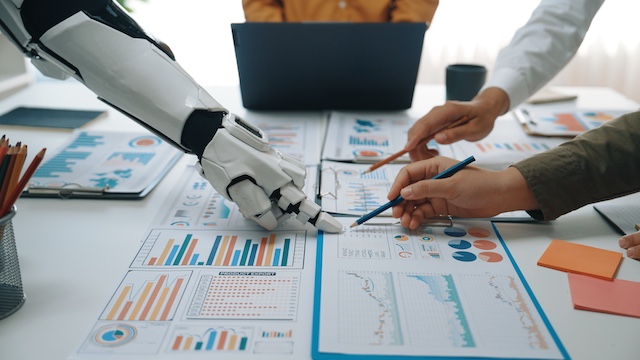What Is Human Capital Management (HCM)?
Human Capital Management (HCM) is a strategic approach to managing an organization’s workforce, focusing on maximizing the value of its human resources to achieve business goals and objectives. It encompasses various processes and practices, including recruitment, talent acquisition, training and development, performance management, and employee engagement. HCM emphasizes viewing employees as valuable assets and investing in their growth and well-being to drive organizational success. At its core, HCM seeks to align employees’ capabilities, skills, and potential with the organization’s strategic objectives and operational needs, fostering a culture of continuous improvement, innovation, and competitive advantage through effective people management practices.
What Is Human Capital Management Software?
Human Capital Management (HCM) software refers to a suite of digital tools and applications designed to streamline and automate various aspects of managing an organization’s workforce. This software encompasses a wide range of functionalities, including recruitment and applicant tracking, employee onboarding, performance management, talent management, learning and development, workforce planning, payroll processing, and employee engagement. HCM software enables HR professionals and managers to centralize employee data, automate routine administrative tasks, track employee performance and development, and make data-driven decisions to optimize productivity and efficiency. Additionally, HCM software often includes features for compliance with labor laws and regulations, reporting and analytics capabilities for monitoring key HR metrics, and integration with other business systems such as payroll, time and attendance, and enterprise resource planning (ERP) systems.
How Does HCM Benefit an Organization?
Human Capital Management (HCM) offers several benefits to organizations, including improved efficiency and productivity through automation of HR processes such as recruitment, onboarding, and performance management. By centralizing employee data and streamlining administrative tasks, HCM software enables HR professionals to focus more on strategic initiatives and talent development.
Additionally, HCM facilitates better decision-making through access to real-time workforce analytics and insights, allowing organizations to identify trends, anticipate future needs, and optimize workforce planning. HCM also enhances employee engagement and satisfaction by providing self-service tools for accessing information, managing benefits, and tracking career development opportunities. Moreover, HCM software helps ensure compliance with labor laws and regulations, reducing the risk of penalties and legal liabilities.




